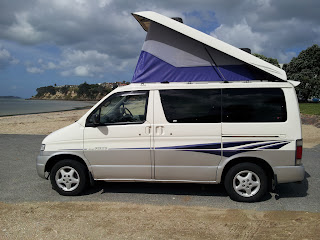There is also the issue of my mainsail, which is pretty baggy, and falling apart. It does n't look that bad does it ?
The price we paid reflected the condition of the mainsail, which in most boats of this age is past its best. In the meantime, I put the stiffest spare top batten that I found in the boat in the sail, and this also made it handle more wind. Every time I go out, a few more stitches seem to unravel. Well it is a 35 year old mainsail !
A new sail would really reduce the weatherhelm, and I suppose it might reduce the tiller weight too, as the centre of effort should be more forward on the sail?
 |
| Nalder Polyant Dacron main - pretty crispy |
The modification I made to the rudder cant (see to-do-list) has had a good effect on the tiller effort required, boat still rounds up into the wind when released, but is much more manageable. Very happy with the result of this mod. It also means that if I fit an autopilot at some point, its not going to be using so much power.
Also looked at the rig tension and the mast rake. Setup the mast according to the specs of the Farr website, which required shortening the forestay, and more tension on the cap shrouds, and now we have prebend and correct rake. The boat now steers itself on some points of sail.
























